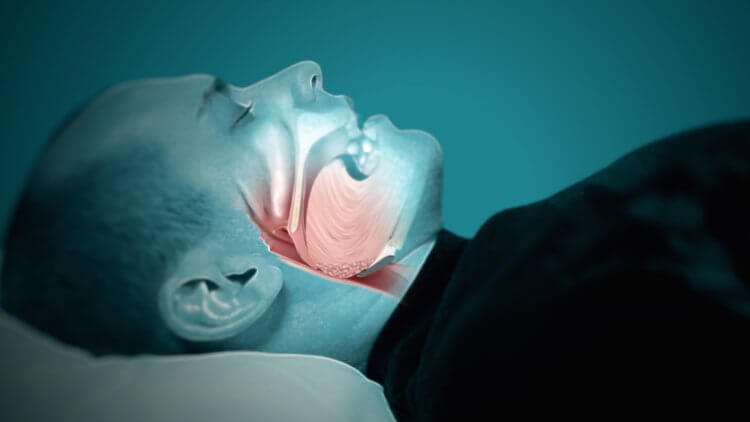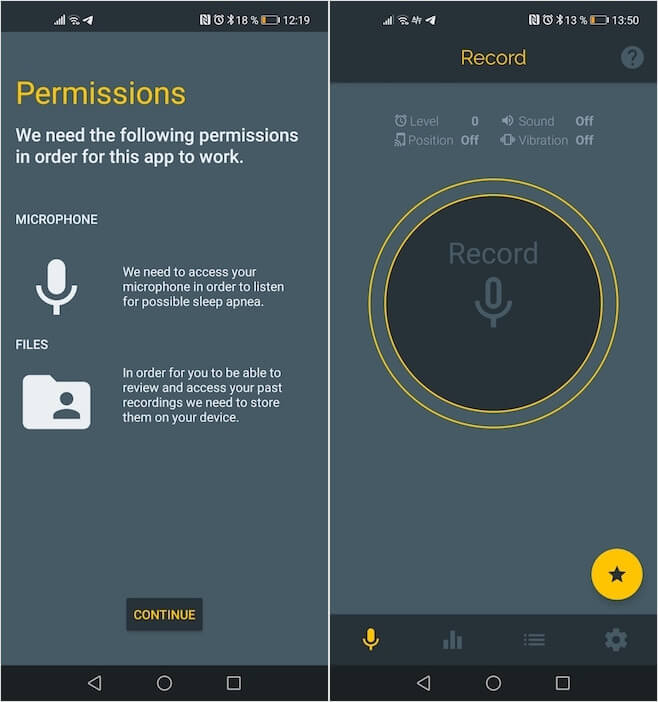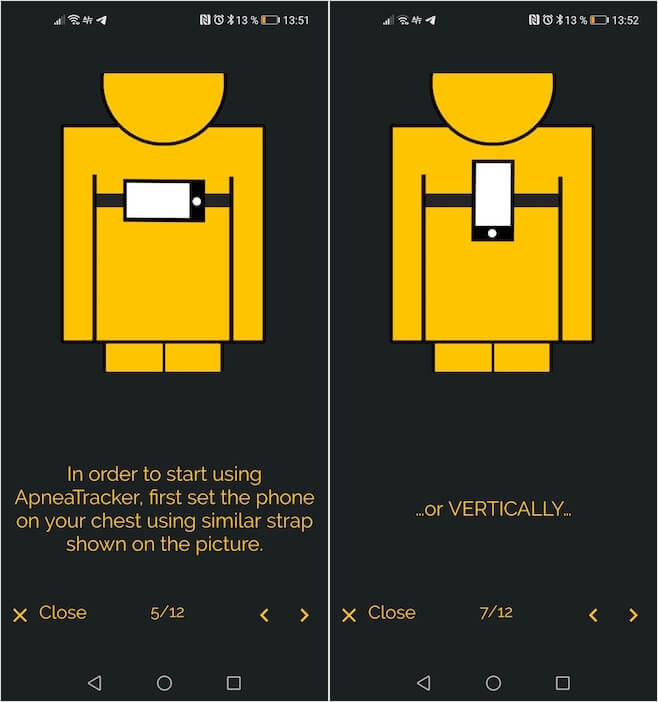Despite the fact that the publicly available firmware Apple Watch includes a minimum of diagnostic functions, research by scientists has shown that this is a very promising gadget. Smart watches Apple already have the necessary equipment to detect hypertension, diabetes at an early stage, measure oxygen levels in the blood and even detect disorders such as sleep apnea. Amazing, right? But, in fact, there is nothing so supernatural here, because the watch just competently uses the most common sensors that are in any smartphone, which can also be taught diagnostics.

Sleep apnea is a disorder that smartphones may well identify
A group of scientists from the Finnish Aalto University became interested in the possibility of diagnosing sleep apnea (spontaneous stopping of breathing in sleeping people) using a smartphone. After all, if Apple Watch with a clearly limited set of sensors can detect this disorder, most likely it is quite possible that smartphones can also be trained to do this.
Sleep apnea control

Apnea tracker detects the user's position in bed and reads for interruptions in breathing
As a diagnostic tool, it was decided to use the accelerometer, which is equipped with almost every mobile device, and a system of built-in microphones. But since no smartphone by default allows these components to be combined, not to mention the presence of the corresponding software base, it was decided to write a special application called ApneaTracker. It is already available on Google Play, although it is still in beta testing. However, this did not stop me from installing it and checking what and how works there.
According to the scientists, the accelerometer should detect the movements and position of the user, and the microphones should read the breath. The fact is that the cessation of breathing, as a rule, occurs precisely when a person is lying on his back. Therefore, if the microphones record the absence of inhalation and exhalation, they send an appropriate signal to the application, then analyze the duration of the absence of breath, scan the position and notify the user about the need to change the position. But that's not all.
Sleep tracker for Android
For greater clarity, the developers have provided a log in the application, which records various indicators – from the total sleep time and respiratory pauses during the night to the characteristics of snoring that accompanied the sleep of the sleeper. According to the creators of the application, all these aspects are recorded as efficiently as possible and the chance of erroneous entries is quite low, since smart algorithms are used for calculation and analysis based on artificial intelligence and a database of people suffering from sleep apnea who were used as experimental subjects.

ApneaTracker is very picky about the location of the smartphone, and this is inconvenient
Fortunately, I do not suffer from arbitrary stops of breathing during sleep, but I really wanted to try the application, because it tracks sleep too. However, it quickly became clear that putting the smartphone next to you would not work. For the application to work properly, you need to tie your smartphone to your chest so as not to move it by accidentally moving your hand or turning it on its side. The developers recommend using a belt, but I have no idea how you can sleep tied up, so I abandoned this idea.
Will ApneaTracker really help someone? Personally, I fully admit this possibility. In the end, smart alarms that track the phases of deep and REM sleep do their job well and wake us up exactly at the optimal time for waking up. Another thing is that no one wants to tie a smartphone to themselves, most likely, purely for an experiment. But for those who do show signs of sleep apnea, the tracking and alerting technique suggested by the scientists might come in handy. The main thing to remember is that this is not a medical instrument, but an ordinary – albeit very technological – experiment.
